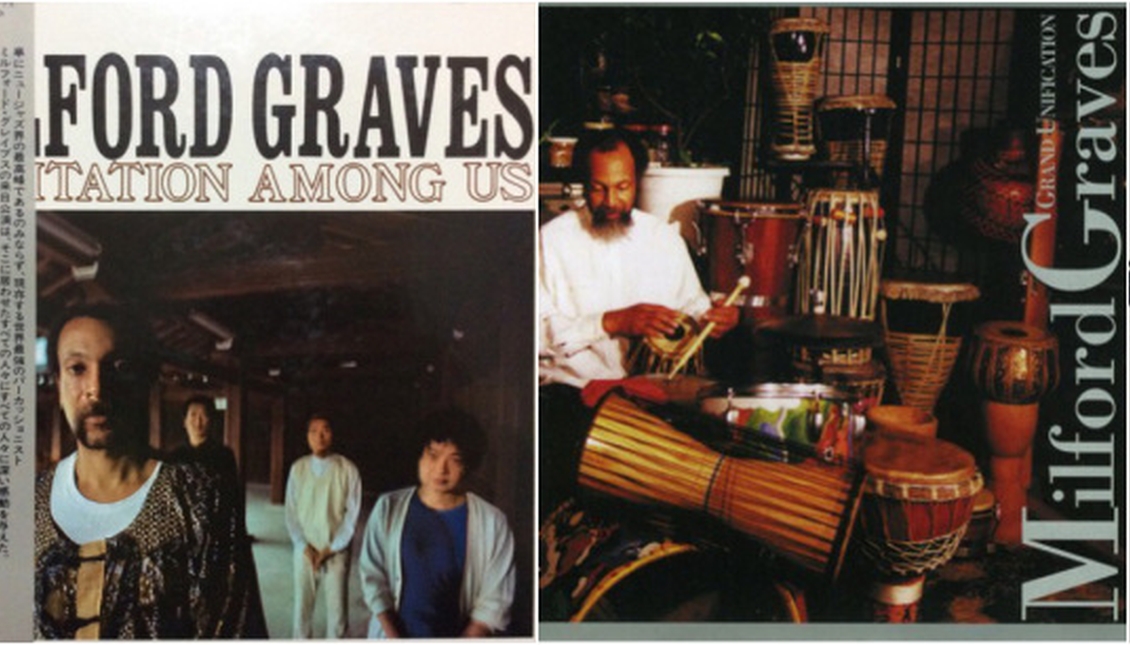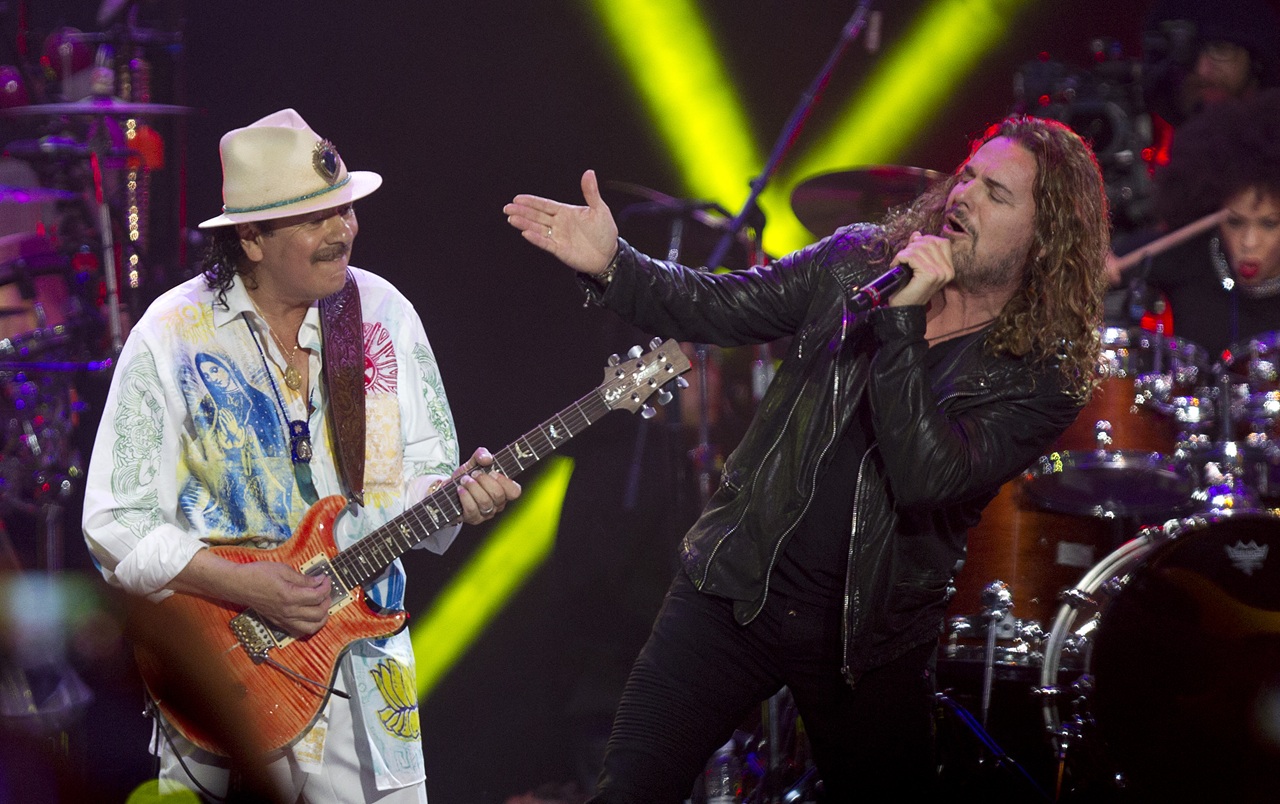
A 20th-century shaman, Milfod Graves' eternal free jazz
Four albums to dive into Milford Graves' Latin jazz and the freedom of free jazz improvisation.
Milford Graves had been defined as a 20th-century shaman. Last week's farewell articles tried to do justice to this Queens-born magician and craftsman. For so many decades, he had not only contributed to the musical avant-garde. Still, he stretched and practiced his skills as a gardener or inventing a martial art called Yara based on Lindy Hop or African dances.
Still feeling the mourning for the loss due to heart disease (amyloid cardiomyopathy), we wanted to show his discography's concrete refinement.
Graves was not only an artist in every sense of the word, open to mixing disciplines, which allowed him to transport, for example, elements of acupuncture to mutate jazz, but especially he was a great musician with an exquisite legacy for music lovers.
To speak of free jazz without going crazy, it must be understood as an exercise in phrasing, a methodology to build stories on the spot with instruments, riding the rhythms with all the tools available to them, which, in Graves' case, come from autodidacticism and his childhood in the South Jamaica Houses of Queens.
Everyone who has listened to jazz at some point in life knows what his reference rhythm is, that beautifully syncopated triplet that complicates our heart rate delicately and sweetly that Graves already offered us in 1966 after his experience two years earlier with the New York Art Quartet.
Each track indicated the measure of the rhythm he used, showing both the temporal elasticity and his ability to manage the drums' intensity.
How many instruments does it take to make a true jazz masterpiece? Only two, a drum kit and a piano. The rest, what matters, is written by itself. It is like a sophisticated tale in which each phrase is more complex than the previous one but whose meaning is understandable to everyone.
This album of two song-stories was written in milliseconds by the two free jazz giants Milford Graves and Don Pullen in 1967.
RELATED CONTENT
Sweat, ecstasy, a bubbling, psychedelic human crowd stripping away the first layers of conversations between instruments while the smoke from the venue dries your throat. Something similar would have been to attend the recording of this majestic and exquisite album in 1977.
He made free jazz a spectacle of alliterations to worship the god of percussion.
In 2014 he released a forty-minute single-track EP with Bill Laswell. He showed that he had polished the technique so much during all those decades that, certainly, the record sounds like the meditations of a shaman fully connected to the earth through rhythms and psychedelia. It almost sounds like a stoner record.
The most intense African and Afro-Cuban influence explodes into jazz warping space-time at the end of his career. He would collaborate in the experimental film River of Fundament the same year.











LEAVE A COMMENT: